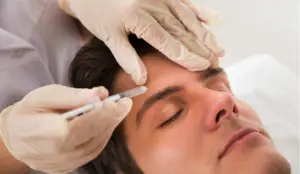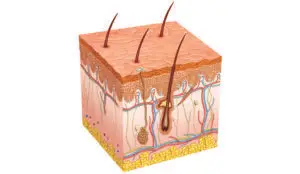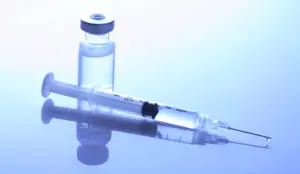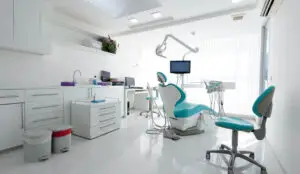
Botulinum Toxin for Men: Treating the ‘Brotox’ Boom
Dr David Jack examines the increase in male aesthetic treatments and details the relevant anatomy to be aware of when treating men with botulinum toxin

Dr David Jack examines the increase in male aesthetic treatments and details the relevant anatomy to be aware of when treating men with botulinum toxin

Lorna Bowes on anatomy and physiology of the skin

ABSTRACT Understanding key anatomical concepts of the face is important in order to be able to treat a patient effectively in any aesthetic treatment. With a robust anatomical knowledge of the occipito-frontalis muscle, the clinician can appreciate how each patient’s anatomy may vary and how the clinician’s choice of injection placement with botulinum toxin A reflects this. Recent detailed anatomical studies of this area provide further clarification regarding static, dynamic and functional anatomy. Through critical analysis of this data, it is possible to tailor treatments on an individual basis.

ABSTRACT Lower face lift has historically been the preserve of the surgical specialty. However, owing to the increasing anatomical knowledge of facial ageing through cadaveric study and non-surgical lifting techniques we are now able to achieve excellent outcomes with injectables. The ongoing advancements in filler science, technology and development of sophisticated injection techniques also contribute to the success of the injection facelift.

Dr Mervyn Patterson discusses the structure, physiological function and mechanisms for repair of the external skin barrier

Dr Sandeep Cliff and Dr Carolina Fernandez provide an in-depth exploration into the common cosmetic ingredients used in cosmeceuticals, and discuss notable new developments

Sharon King discusses the anatomy and physiology of the lower face in relation to lips

Dr Tiina Orasmae-Meder shares advice on the aetiology and treatment of skin sensitivities

Dr Ardeshir Bayat and Sara Ud-Din discuss the different invasive and non-invasive treatments of scars in Asian skin

In order to improve outcomes, the process of patient selection within the cosmetic industry has received considerable attention from surgeons, psychologists and policy makers. Indeed, as increasing numbers of people are seeking cosmetic procedures it is crucial to ensure that patients are appropriately assessed for their suitability for surgery. Pre-operative screening to identify patients at risk of poor post-operative outcomes is now considered a crucial part of the surgeon’s role in providing appropriate care and treatment. In recognition of the importance of patient selection, we have developed a brief, user-friendly screening tool designed for routine use with cosmetic surgery patients. The tool has been designed to identify psychological factors which are likely to increase the risk of a poor psychological outcome. The tool should be used in addition to a thorough pre-operative consultation and as part of a pathway which includes onward referral where necessary.